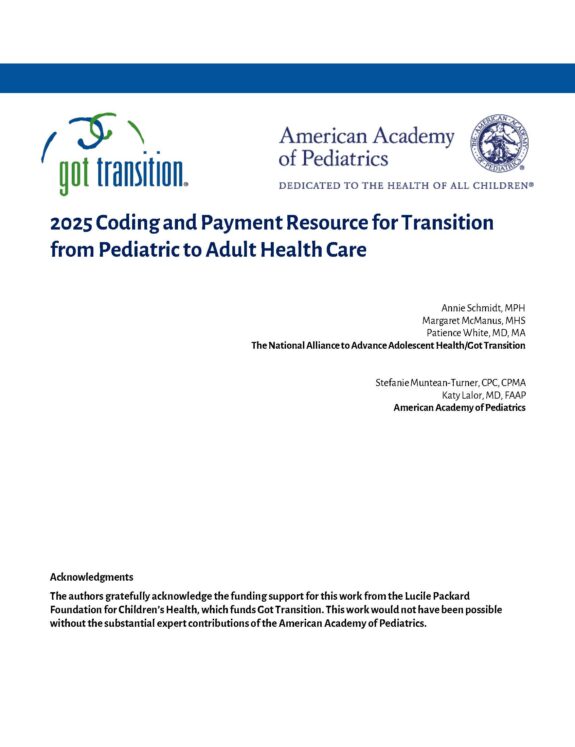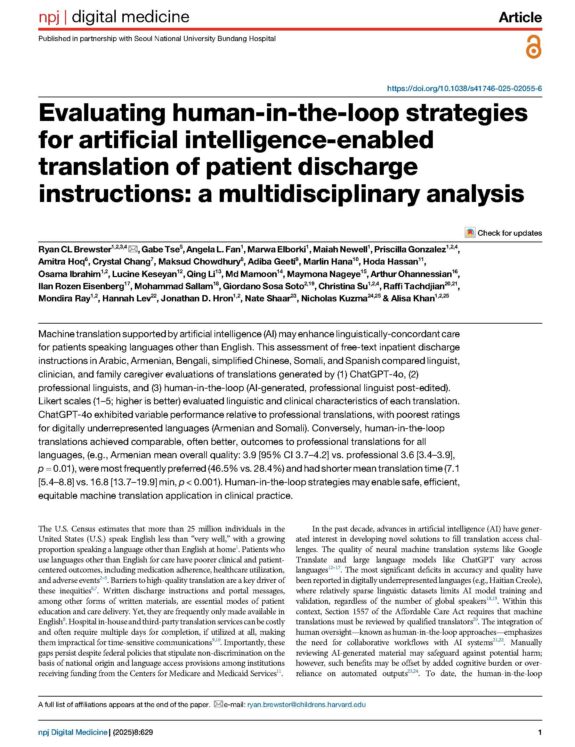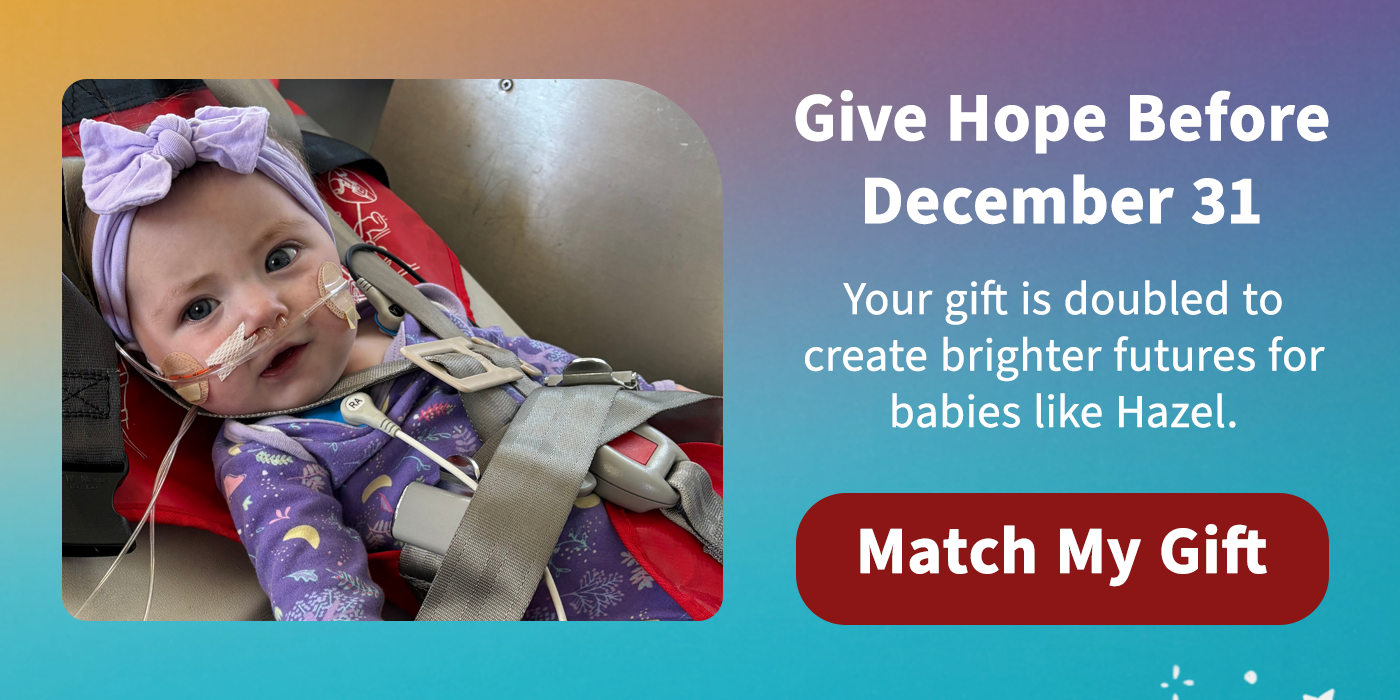Q&A with Dr. Anand Chabra
Trained as both a pediatrician and epidemiologist, Dr. Anand Chabra has overseen maternal, child and adolescent health services for the San Mateo County Health System since 1999. He also serves as medical director for the county’s California Children’s Services (CCS) program, which serves children with special health care needs. We spoke with Dr. Chabra recently about his work.
How has the landscape for children with special health care needs changed in the past decade?
One of the big changes is managed care, of course. A lot of privately insured children have been in the managed care world for a while, but now that’s happening with CCS clients as well (in San Mateo County). That’s a huge change, as much of a mental and philosophical shift as a practical change. I think kids are going to receive better-coordinated services, and communications will be a lot cleaner with the families; they’ll have just one contact. There’s a lot of concern about the shift to managed care, but we’re excited to be venturing forth into this brave new world.
San Mateo County is the first county in California to pilot-test managed care for CCS children. What are you learning from the pilot project?
What may be transferable to other counties is the comprehensive assessment that we’ve been working on for our clients. The 1,400 kids in the pilot project receive this assessment from a public health nurse assigned to each child. We ask about social and psychosocial issues like housing or mental health, anything that might be complicating their medical situation. Then we try to be a resource for them. We’re trying to work a little differently. We have same staff that we had before but we’re trying to reduce paperwork on authorizations and have nurses, nutritionists, etc. spend time talking with patients and solving problems.
Why do you think managed care is working in San Mateo County?
Size is obviously a part of it. It helps to be a county of 700,000 people. There’s also a culture of working together in San Mateo County. It really boils down to communication. All these agencies are working with the same children and families and we don’t want families to be jumping through hoops to get what we all agree they need. Once you can call someone on the phone and have a reasonable expectation that they’ll work with you, you’re halfway there.
What are the most important challenges children with special health care needs face in getting the care they need?
Not a lot of providers want to serve kids with Medi-Cal (insurance coverage). That continues to be a challenge. There is a shortage of pediatric specialists in particular. It’s a struggle sometimes to identify a pediatric orthopedist or whatever other specialist a patient might need.
In addition, even if they get coordinated care as children, the transition into adulthood (for CSHCN) can be challenging for families. Providers of adult medicine expect patients to take more responsibility for their own care. We need to help children to more easily make the move from pediatric health care to adult health care.
What motivates you to keep working with this population?
One of the biggest motivators for me is seeing folks who are disadvantaged getting what they need. I want to make sure they have access to the same resources as other people. The other thing that excites me about this work is the opportunity for better coordination, collaboration and communication among these different entities serving children with special health care needs. If we’re working in our silos, we’re not getting full benefit, but if we really collaborate, the end result is going to be better for the family.
Why do you belong to the Network?
Partly it’s about just communicating, knowing what’s going on in the state, hearing new information, being current in the world of special needs kids. Because I wear the California Children’s Services hat and the Maternal, Child and Adolescent Health hat, it’s helpful to me to have a big picture of children with special health care needs, whether or not they fit into our county system.



